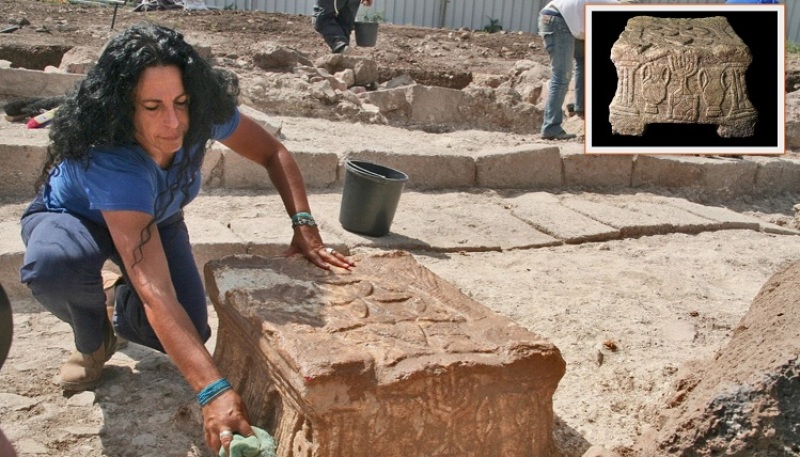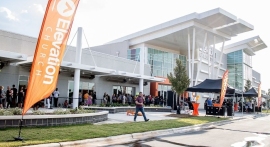
A group of Israeli archeologists have reportedly unearthed a 2,000 year-old Galilean synagogue in Israel's town of Migdal, which is known to be the place where Jesus spent much of his time while He walked on earth.
CBN News said Migdal is by the north shore of the Sea of Galilee and used to be a large Jewish settlement during the time of Jesus, particularly the Second Temple Period. Migdal is the birth place of Mary Magdalene.
Migdal, which is Hebrew for Magdala, is said to be a socially and economically developed town such that they were able to have a synagogue with mosaic floors and stucco-decorated walls. The main livelihood in the town was salting fish and fishing.
As per The Jerusalem Post, this is the second synagogue that was unearthed in Migdal for the same time period. The first synagogue was discovered in 2009 by the Israel Antiquities Authority alongside unearthing Jewish industrial facilities, streets, ritual baths, and marketplace.
The Israeli archeologists disclosed that the second synagogue contained a large stone that portrays the Second Temple of Jerusalem that is held in the middle of its main hall. The said stone is carved on one side with a seven-branched menorah, which is said to be a "crucial discovery" as it depicts the time when the temple was still standing.
Excavation Director Dina Avshalom-Gorni, revealed in a statement released by the Israel Antiquities Authority in Facebook the importance of the discovery of the second synagogue. Gorni, who also represents the University of Haifa and who was formerly connected to the Israel Antiquities Authority, highlighted that the second synagogue gives a better appreciation of how the Jews valued religious worship in their community and daily lives.
"The discovery of a second synagogue in this Galilean settlement casts light on the social and religious lives of the Jews in the area in this period, and reflects a need for a dedicated building for Torah reading and study and for social gatherings. We can imagine Mary Magdalene and her family coming to the synagogue here, along with other residents of Migdal, to participate in religious and communal events," Avshalom-Gorni said.
While University of Haifa Zinman Institute of Archeology Head Professor Adi Erlich said in the same statement that the two synagogues convey that Jews were in search of a place of worship, which they made into their central place of activity.
"The fact that we have found two synagogues shows that the Jews of the Second Temple period were looking for a place for religious, and perhaps also social, gatherings. The stone bearing a relief of the Menorah from the other synagogue at Migdal, suggests that the local Jews saw Jerusalem as their religious center, and their local activities took place under this centrality," Erlich stressed.
The Israel Hayom explained that these findings meant two synagogues were present in the Jewish community even though the Second Temple of Jerusalem was still existing and operational. In fact, the Israel Antiquities Authority stressed that "worship outside the temple may not have been a common custom. But finding two synagogues in a locality where several thousand residents lived, and less than 200 meters apart, now changes the picture."
Unlike the first synagogue, the second one is nearer the residential area that showed how it is central to the Jews' daily lives. The second synagogue is said to be square-shaped and made of limestone and basalt. White plaster coated the main hall that featured stone benches near its walls. The benches were also coated in white plaster. The synagogue had two other rooms, with one of its smaller room presenting a stone shelf, which is said to have stored scrolls of the Torah.
"The synagogue we are excavating now is close to the residential street, whereas the one excavated in 2009 was surrounded by an industrial area. Thus the local synagogues were constructed within the social fabric of the settlement," Erlich said.
Similar to the first synagogue, however, the second synagogue was discovered while infrastructure work was being done in the area. It was discovered out of Netivei Israel-National Transport Infrastructure Company Ltd.'s project for a nearby highway widening's salvage excavation.

























